Ecology Lesson Plan
Ecology Activities and Worksheet for Kids
Use the ecology lesson plan below to introduce your students to factors that alter the environment. Activities and worksheet are from MatchCard Science.
Free Download Below
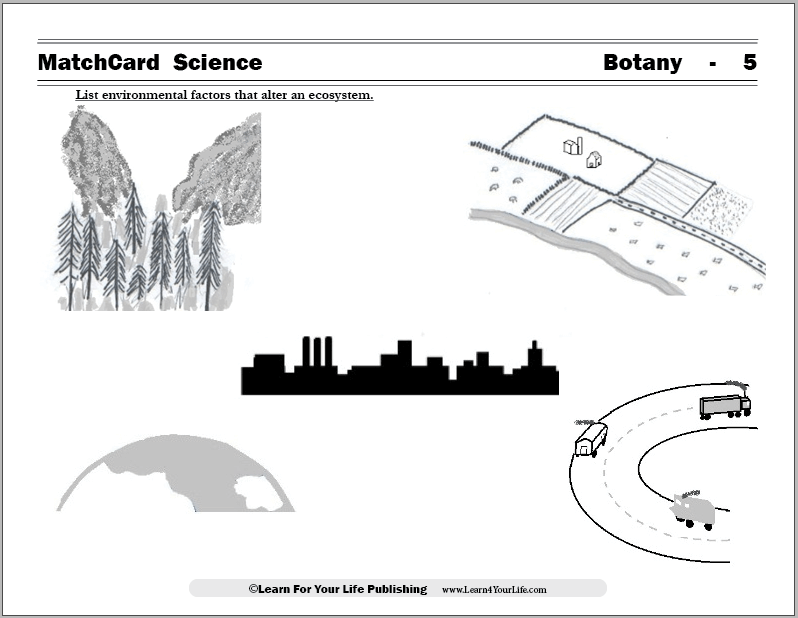
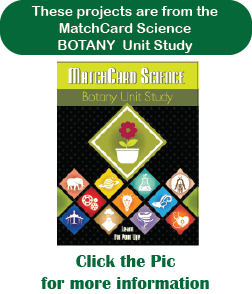
MatchCard Science Ecology MatchCard
Objective: List environmental factors that alter an ecosystem.MatchCard: Download below.
Use the activities, discussion questions and MatchCard worksheet to analyze impact of human pollution, fire, green house gases, acid rain, and farm fertilizer on the environment.
Print the Ecology MatchCard
Ecology Worksheets
This is MatchCard #5 of the Botany Unit Study. Click on the image to print.-
The 1st page is the student worksheet. They how each of the five factors contributes to alterations in the environment.
The 2nd page is instructor's key.
The 3rd page has information pieces for students to cut apart and use on the MatchCard.
Ecology Lesson Plan
These ecology lesson plans include activities, discussion, the MatchCard worksheet and review, and a project to complete their study.
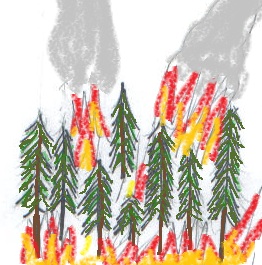
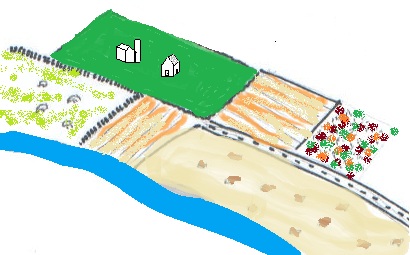


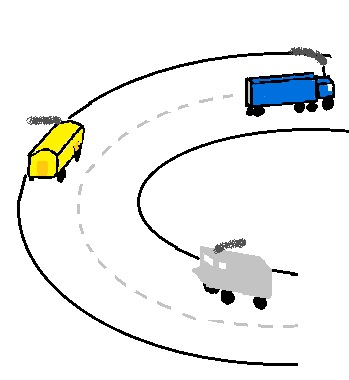
Ecology Activities
Your Own Backyard
Go outside in your yard or a grassy field. Let your students cut a piece of yarn or string - approximately ten feet long would be fine. They use their string to create a circle on the ground. This is the ecosystem they are going to investigate for a few minutes.What's in their ecosystem? List their responses:
- Grass
- Weeds
- Dirt
- Ants
- Any other insects that can be seen if you watch for several minutes?
- The roots of the grass or other plants
- What is below the dirt?
- What microorganisms are in this environment?
- How do these plants get water? How much water is in the circle now?
- What animals or insects are several inches below the grass?
- What is several feet below the surface?
- Is there anything hundreds of feet below? Does it affect the environment you are looking at?
- What's in the air above your circle?
- What animals come to this plot when you are not there? Does the plant life affect the animal? Does the animal affect the plant life?
Your Miniature Ecosystem
If you did not make a terrarium when studying different types of ecosystems, now is a great time to do so.You will have your own little ecosystem to watch and nourish.
What parts of the ecosystem do you have control over? What are you not able to control?
What kinds of things would be a risk to your ecosystem?
What Comes, Must Go
Discuss the last time you had a major grocery shopping trip. What kinds of things did you buy? How many bags did you bring into your house?Before discussing it further, can they quickly list ten items that came from that shopping trip? Better yet, you can save this activity until a time when you lug all the bags into the house. Then have them choose ten items without knowing what will be done next.
Where did it come from?
Think of where those different products came from. What ecosystems did they originate in? Was the environment changed in anyway in the process of getting them to your house?
Where will it go?
Predict what is going to happen to those products. How long will they be in your house? Where will they go afterwards? Does that have any impact on the environmnet?
Poster
Make a poster showing where those (or other) items come from and where the final materials go.
What Is An Environment?
The environment is everything in an ecosystem that interacts with all the other elements. It includes:- Living objects
- Non-living objects
- Solids, liquids, and gases
- Plants
- Animals and insects
- Microrganisms
- Air
- Water and a system for moving water
- Rocks and geology
- Temperature and weather
- Events that alter that ecosystem.
Factors that Alter Ecosystems
Fire

Well, much of the time it is. Especially if it is your house that catches on fire. No person or animal wants to see their home burnt down.
Fires can be manmade or natural. Lightening produces fires at times. While it is often detrimental, sometimes natural fires are beneficial. For instance, it can burn trees that might encroach on grasslands and eliminate that particular ecosystem with its unique wildlife.
But a downside of fire is that plant and animal communities are quickly destroyed. Fires may get out of control and threaten animal and human life as well as their habitats.
Fertilizer

Fertilizer is used to make soil richer in minerals in order to grow more plants. The problem is that it may drain from the soil into streams after a rain. Then the mineral rich environment causes algae to grow on top of the water. Due to the additional algae, sunlight may not reach the plants and fish at the bottom of the stream.
Acid Rain

Soil also becomes more acidic making it harder for plants to grow.
Greenhouse Effect

The greenhouse effect is increased by burning fossil fuels which release carbon dioxide into the air.
Pollution

- Air Pollution
- Water Pollution
- Pollution on Land
Ecology Science Experiments
Algae and Fertilizer
What concentration of fertilizer will affect the growth of algae?For this experiment, you need to obtain four different samples of the same species of algae. You may obtain it from a local pond, aquarium store, or on-line science supplier.
You will need four different glass containers the same size and shape. Have different amounts of fertilizer in each container (one should have no fertilizer.)
Record the growth of the algae over three weeks. Take pictures to document the differences.
If you hold the glass up and shine a light through the top, is there a difference in the amount of light that penetrates?
Acid Rain and Plant Growth
If you use a mild acid (like vinegar) to alter the pH of the water, will it affect plant growth?You will need cuttings of plants like a strawberry plant or philodendron that will sprout roots in water. You will also need pH paper to analyze the pH the water the cuttings are in.
Have three or four different containers, and add different amounts of vinegar to decrease the pH. Analyze the difference in the amount of new roots grown and the pH of the water.
MatchCard Science
How To Use MatchCards

Download the FREE MatchCard Science Instructor's Guide and see how MatchCards can make building their science knowledge base fun.
Botany Unit Study
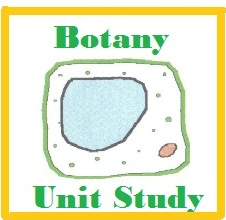
Check out our entire Botany Unit Study with 11 objectives.
12 Science Unit Studies

Chemistry is only one of twelve complete unit studies for kids in 3rd to 8th grade.
Comprehensive objectives, hands-on projects, suggested science fair experiments, and the fun game-like MatchCards keep them interested in learning science. See all twelve MatchCard Science Unit Studies.
About Our Site
Hands-On Learning














